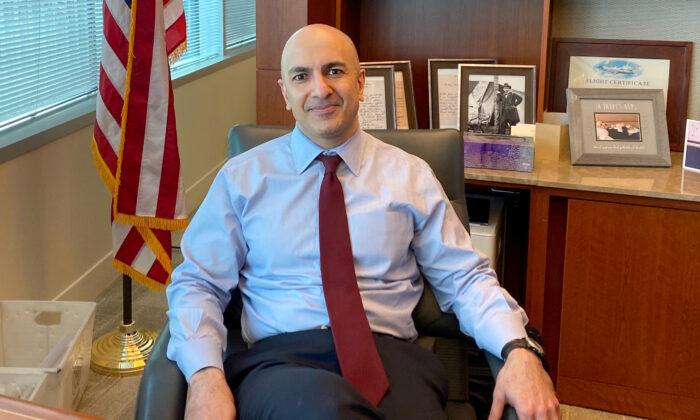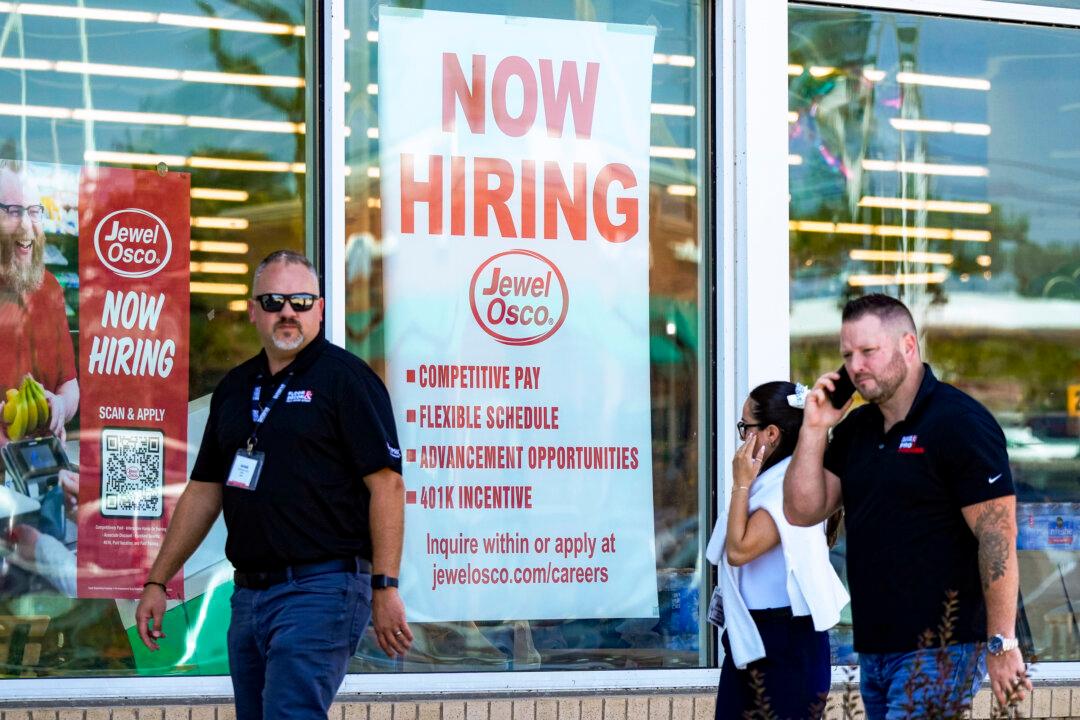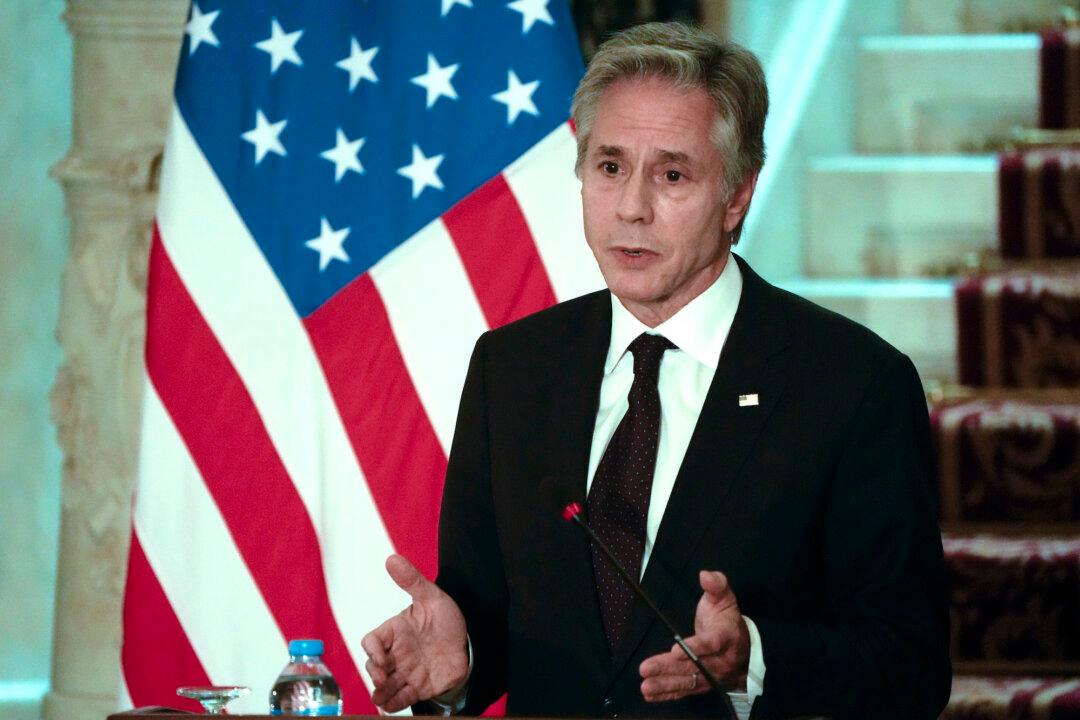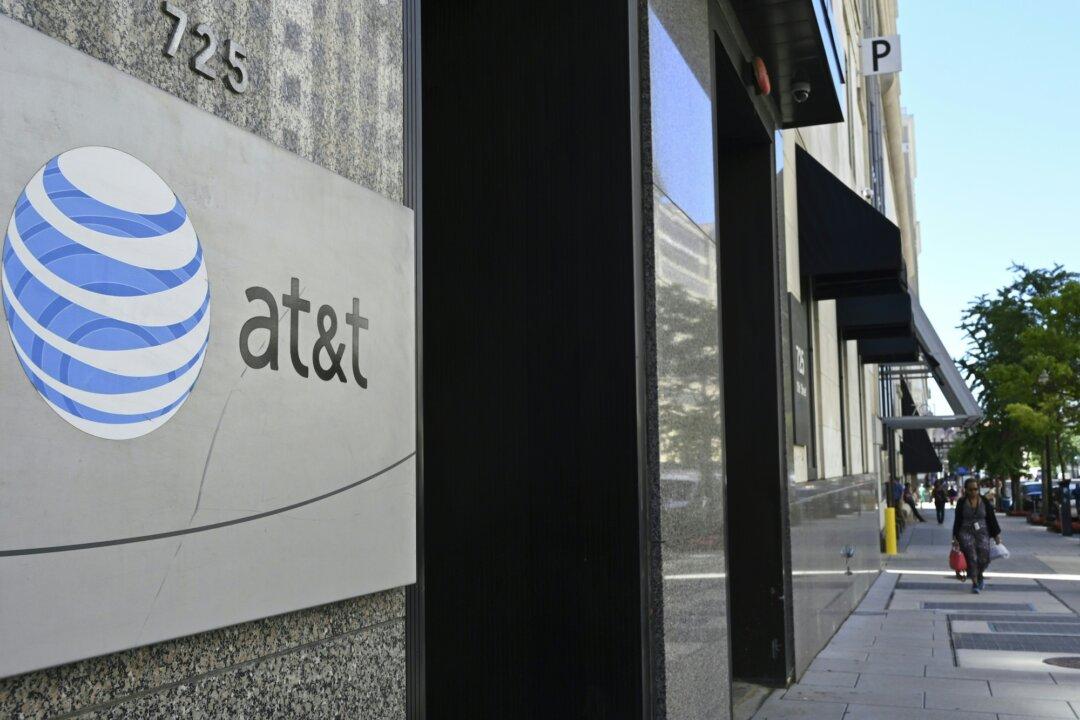Minneapolis Federal Reserve Bank President Neel Kashkari, one of the central bank’s most dovish policymakers, said Sunday that he expects inflation to stay elevated—and possibly even accelerate—over the next several months before starting to trend down.
Fiscal stimulus passed by Congress led to a “surge of demand,” he said, while pandemic-related factors disrupted supply chains, with the two factors combining to drive up prices.
“The good news is both of those should be temporary,” Kashkari said, reiterating the oft-repeated view by Fed policymakers and Biden administration officials that the current bout of inflation—running at a 31-year high—won’t last.
“The challenge is these high prices that families are paying, those are real, and people are experiencing that pain right now,” he said. “We take that very seriously, but I’m optimistic that it should be temporary, even though it is causing pain right now.”
The Labor Department’s most recent consumer price index (CPI) data, which reflects rising prices from the perspective of end consumers, shows that inflation rose 6.2 percent in the 12 months through October, the highest reading since 1990. At the same time, the over-the-month rate of consumer price inflation came in at 0.9 percent, more than twice the pace in September.
Kashkari said in the interview that, in his view, the Fed should not “overreact to some of these temporary factors, even though the pain is real.”
“It’s important from the Fed’s perspective that we don’t set long-term monetary policy and ... adjust too much based on temporary factors, even if those temporary factors take a little bit longer than we expect,” he said.
Since monetary policy acts with a lag, “if we overreact to a short-term price increase that can set the economy back over the long-term,” he said.
Kashkari said he expects more clarity on the economic outlook when the Fed concludes its bond-buying program in mid-2022, adding that getting the pandemic “really under control” will give people confidence to go back to work and help the labor participation rate—which has been stuck at a historically depressed level—rebound.
“That will help the economic recovery and that will certainly help bring down inflation,” he said.





